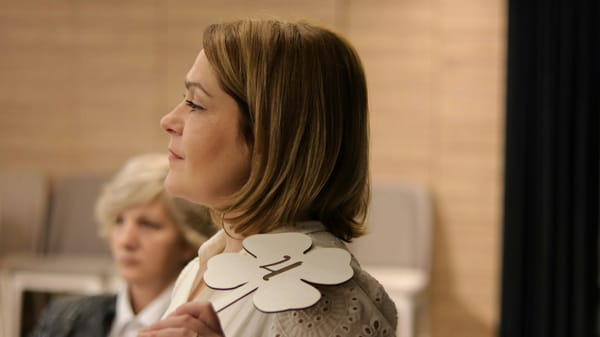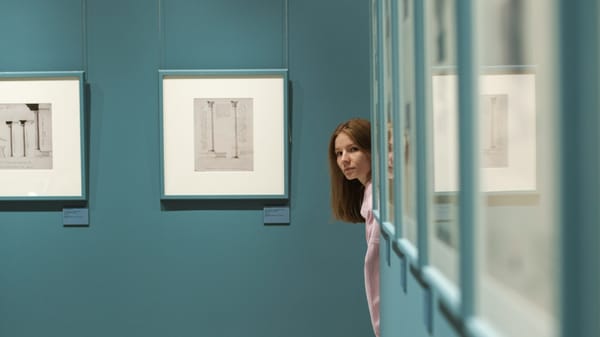Auction Bidding Tricks: How the Room Gets Worked
Auction rooms run on psychology. Learn the signals that make paddles rise and prices climb.

The auction world thrives on drama. A painting worth millions can change hands in under five minutes — but in that window, auctioneers are pulling levers of psychology, theatre, and superstition.
The first trick is “air bidding,” where phantom bids are called out below the reserve price to warm the room. It’s legal, even regulated, but carries the whiff of a bluff. Helena Newman of Sotheby’s says it’s just about momentum. Simon de Pury, the flamboyant veteran, calls it “the game of one more” — squeezing just a single extra bid from every rival, because that’s how a record is made.
Then comes performance. The gavel isn’t enough; body language must seduce. Hands raised high, gestures drawing bidders closer. Words, too — never “you’re losing,” always “would you like another?” A smile, a laugh, a sudden hush — every inflection resets the room. Newman, the first woman to sell two works above $100 million, admits she treats the podium like a stage, from her necklace to her dress color, chosen to mirror the art itself.
Technology has dulled some of the spectacle. With bidders now hidden behind screens, auctioneers must invent new ways to conjure urgency. Longer pauses, sharper introductions, louder emphasis on provenance and rarity. Even so, rituals persist. De Pury eats an apple before every sale, a habit from the Thurn and Taxis auctions of 1993. Newman warms up with vocal drills. Both walk into the room like actors stepping into character.
The truth is brutal: the same painting in four different hands will never fetch the same result. Auctioneering is less about the hammer than the human behind it — a mix of confidence, psychology, and just enough showmanship to make millionaires raise their paddles when they swore they wouldn’t.
© ART Walkway 2025. All Rights Reserved.





